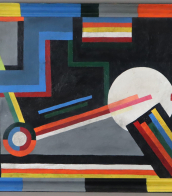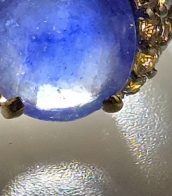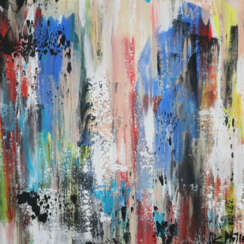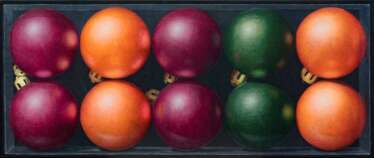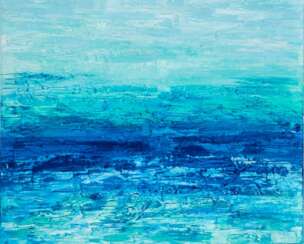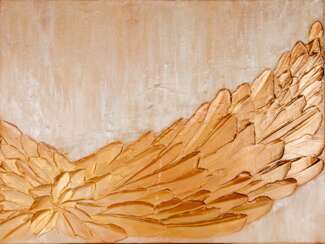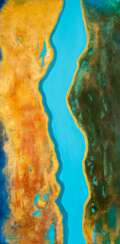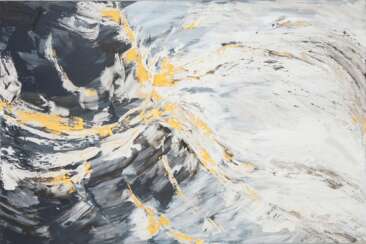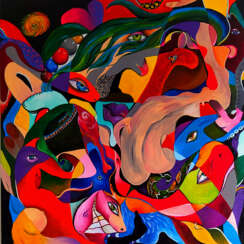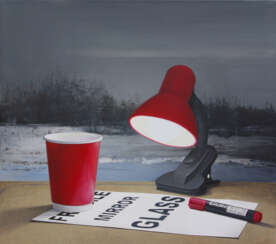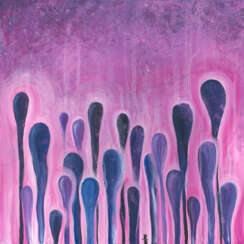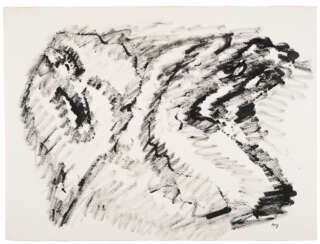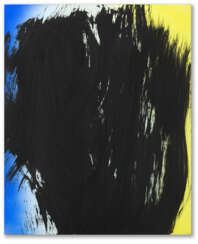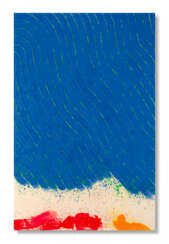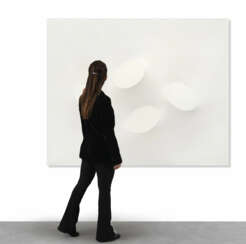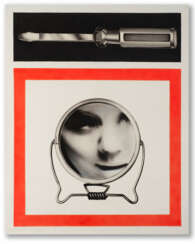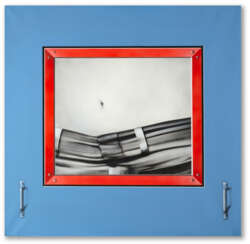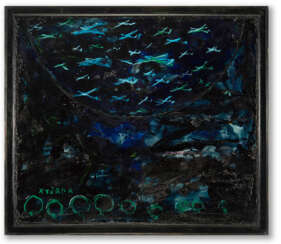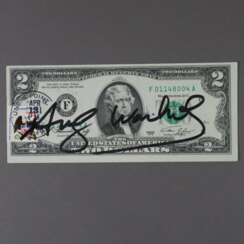acrylic
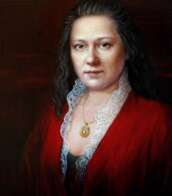
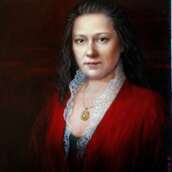
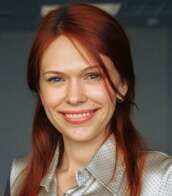









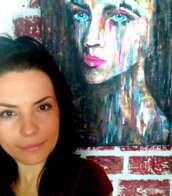
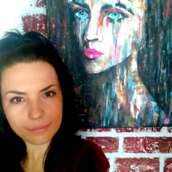






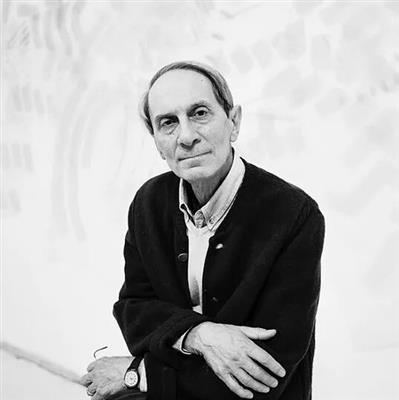
Giorgio Griffa is an Italian abstractionist painter.
He works in the style of abstract painting and paints with acrylics on canvas or even burlap, which are simply nailed to the wall. When folded, the paintings form folds, which Griffa considers the basis of his compositions.
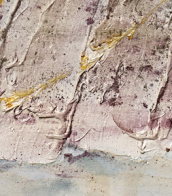
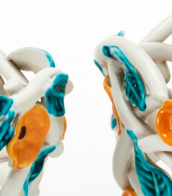

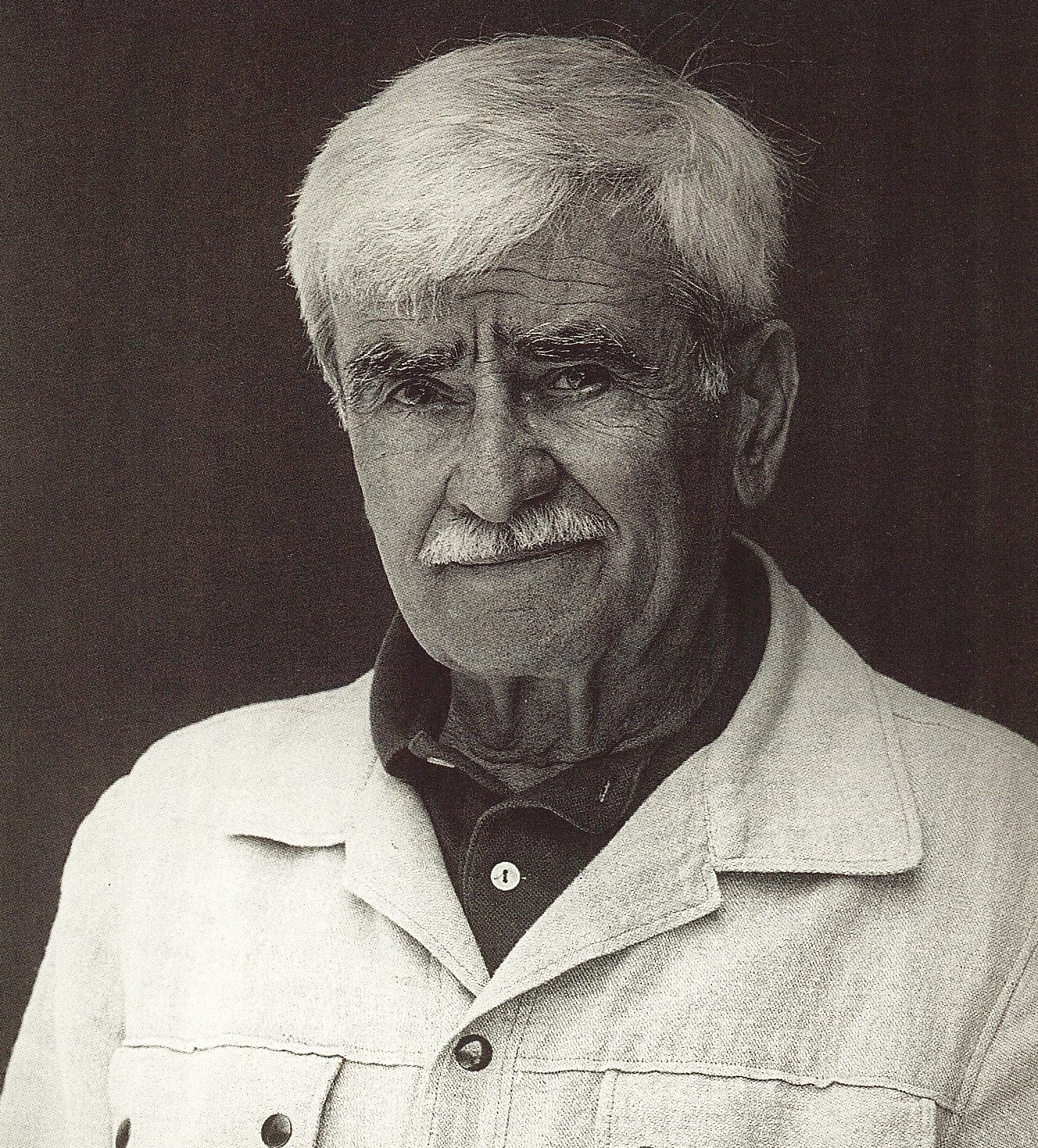
Alberto Burri was an Italian visual artist, painter, sculptor, and physician based in Città di Castello. He is associated with the matterism of the European informal art movement and described his style as a polymaterialist. He had connections with Lucio Fontana's spatialism and, with Antoni Tàpies, an influence on the revival of the art of post-war assembly in America (Robert Rauschenberg) as in Europe.


Hans Hartung was a German-French painter, known for his gestural abstract style. He was also a decorated World War II veteran of the Legion d'honneur.

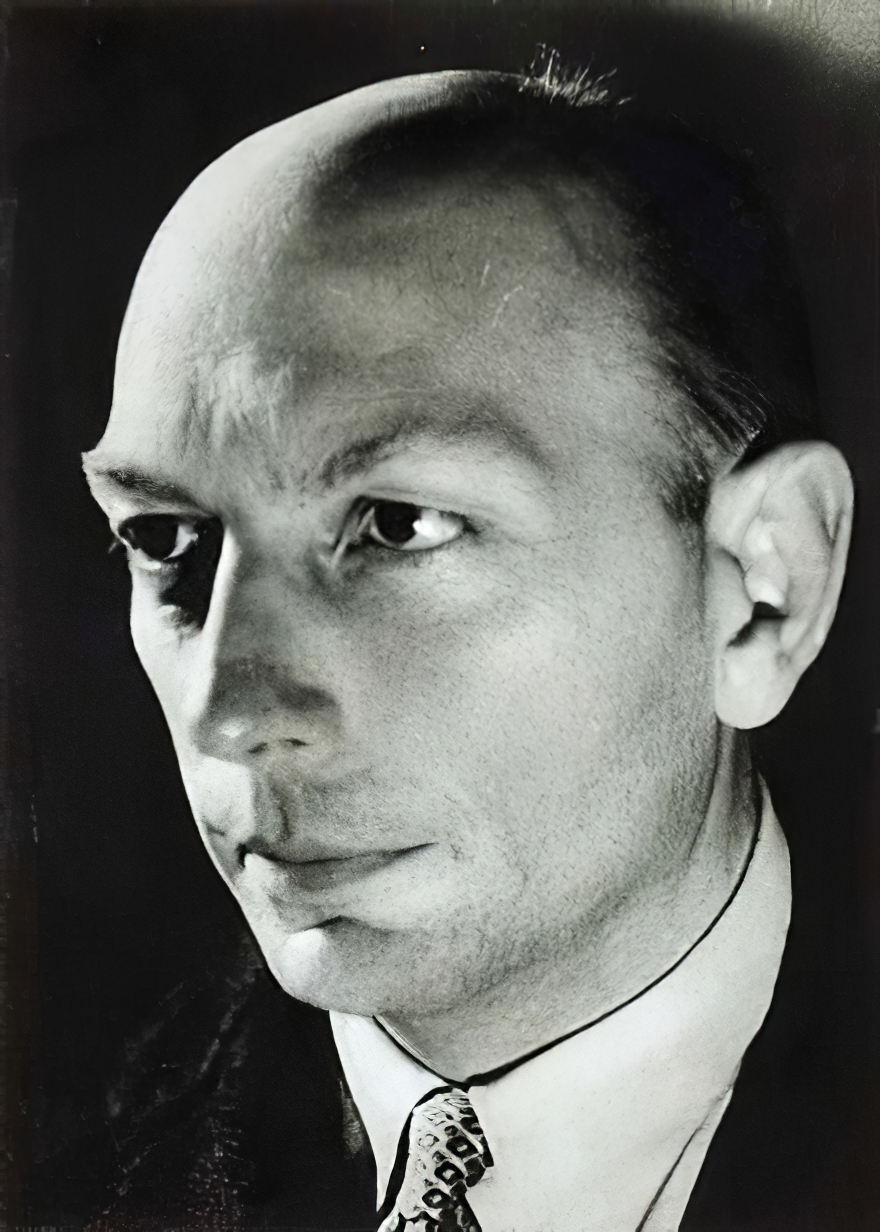
Henri Michaux is a French poet and artist associated with Surrealism and the post-war avant-garde movement.
Michaux's early artistic endeavours revolved around writing and poetry. In his poetry he explored themes of existentialism, spirituality and the human condition, often experimenting with language and form. His writing style was characterised by introspection, the exploration of consciousness and the search for meaning.
In 1925, after a Surrealist exhibition he saw in Paris, Henri Michaux began to paint and draw. His visual arts encompassed a wide range of styles and techniques. Michaux experimented with ink, watercolour and oil paintings, creating evocative and energetic compositions. His works often conveyed a sense of movement, rhythm and spontaneity and were influenced by the aesthetics of calligraphy and gesticulation.


Hans Hartung was a German-French painter, known for his gestural abstract style. He was also a decorated World War II veteran of the Legion d'honneur.


Hsiao Chin is a Chinese modernist painter who has worked in Europe.
Born into an intellectual family in Shanghai, Hsiao moved to Taiwan in 1949 and was educated in the art department of the Taipei Teachers' Training School in Taiwan Province of Taipei (now National Taipei Teachers' University). In 1955, he and seven other artists founded the Ton Fan Art Group, the first postwar contemporary art group in Taiwan that attempted to break free from realism and sought a modern expression of Eastern spirituality.
As an innovative artist and co-founder of significant modernist movements in Taiwan and Europe, Hsiao's work explored Asian philosophy while embracing forms of Western postwar avant-garde practices.
In the mid-1950s, Hsiao settled in Milan, where he lived for half a century. In 1961, along with Italian painter Antonio Calderara and Japanese sculptor Adzuma Kenjiro in Milan, he co-founded the Punto movement, which brought together numerous Eastern and Western abstractionist artists. Xiao Qin's work has been exhibited around the world, including New York's MoMA and Metropolitan Museum of Art, the National Art Museum of China, the Museum of Contemporary Art in Barcelona, and the National Taiwan Museum of Art.


Hsiao Chin is a Chinese modernist painter who has worked in Europe.
Born into an intellectual family in Shanghai, Hsiao moved to Taiwan in 1949 and was educated in the art department of the Taipei Teachers' Training School in Taiwan Province of Taipei (now National Taipei Teachers' University). In 1955, he and seven other artists founded the Ton Fan Art Group, the first postwar contemporary art group in Taiwan that attempted to break free from realism and sought a modern expression of Eastern spirituality.
As an innovative artist and co-founder of significant modernist movements in Taiwan and Europe, Hsiao's work explored Asian philosophy while embracing forms of Western postwar avant-garde practices.
In the mid-1950s, Hsiao settled in Milan, where he lived for half a century. In 1961, along with Italian painter Antonio Calderara and Japanese sculptor Adzuma Kenjiro in Milan, he co-founded the Punto movement, which brought together numerous Eastern and Western abstractionist artists. Xiao Qin's work has been exhibited around the world, including New York's MoMA and Metropolitan Museum of Art, the National Art Museum of China, the Museum of Contemporary Art in Barcelona, and the National Taiwan Museum of Art.

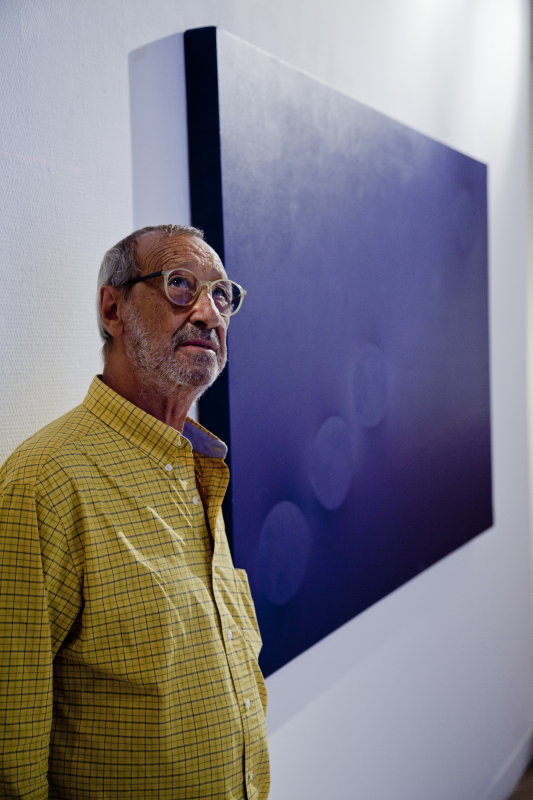


Victor Vasarely, a seminal figure in the Op art movement, was a Hungarian-French artist celebrated for his pioneering contributions to geometric abstract art. Born Győző Vásárhelyi in Pécs, Hungary, in 1906, Vasarely's artistic journey led him to Paris, where he honed a distinctive style marked by optical illusions and kinetic art. By the late 1940s, he had developed his iconic approach, utilizing geometric shapes and a limited color palette to create artworks that seemed to move and vibrate. His work "Zebra," created in 1937, is often cited as one of the earliest examples of Op art, showcasing his fascination with creating the illusion of depth and movement on a flat surface.
Throughout the 1950s and 1960s, Vasarely's exploration into optical effects deepened, leading to significant series like his "Vega" works. These pieces are characterized by their illusionary three-dimensional space, seemingly pushing and pulling the viewer into the canvas. His dedication to optical and geometric abstraction was not just a pursuit of aesthetic innovation but also an exploration of the viewer's perception, making the observer an integral part of the artwork.
Vasarely's influence extended beyond the canvas, impacting architecture, sculpture, and even space exploration. In 1970, he founded the first museum dedicated to his works in Gordes, followed by the establishment of the Fondation Vasarely in Aix-en-Provence in 1976, showcasing his vision of integrating art with the environment. His artworks have found homes in prestigious institutions like the Museum of Modern Art and have been celebrated in exhibitions worldwide.
For collectors and experts in art and antiques, Vasarely's works offer a mesmerizing blend of scientific precision and artistic expression, encapsulating a moment in art history where the boundaries between viewer and artwork blurred. His legacy is a testament to the power of visual perception and the endless possibilities of abstract art.
For those interested in delving deeper into Victor Vasarely's visionary world and perhaps acquiring a piece of this history, signing up for updates on new product sales and auction events related to Vasarely's works is highly recommended. Stay informed and embrace the opportunity to own a part of the optical and geometric abstraction movement that Vasarely so brilliantly pioneered.

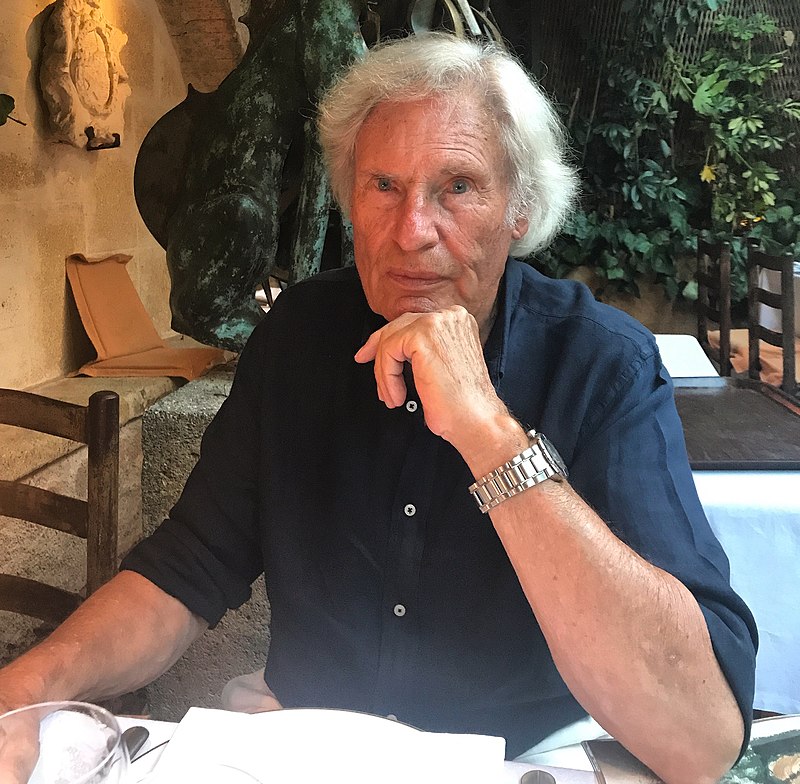
Peter Klasen is a German contemporary sculptor, painter and photographer living in France.
Klasen's work has been exhibited in numerous countries and bought by renowned museums and collections. He has received commissions for frescoes in public buildings in France. Daniel Sibony wrote of Klasen's visual world that it "celebrates our modern, highly mechanised, sterile society in order to denounce, as it were, its inhuman coolness and threatening emptiness." With his works, Klasen leads the viewer "to a hopeless and uncompromising confrontation with the brutal reality of today's society.


Peter Klasen is a German contemporary sculptor, painter and photographer living in France.
Klasen's work has been exhibited in numerous countries and bought by renowned museums and collections. He has received commissions for frescoes in public buildings in France. Daniel Sibony wrote of Klasen's visual world that it "celebrates our modern, highly mechanised, sterile society in order to denounce, as it were, its inhuman coolness and threatening emptiness." With his works, Klasen leads the viewer "to a hopeless and uncompromising confrontation with the brutal reality of today's society.


Ralf Winkler, alias A. R. Penck, was a German painter, printmaker, sculptor, and jazz drummer. A neo-expressionist, he became known for his visual style, reminiscent of the influence of primitive art.

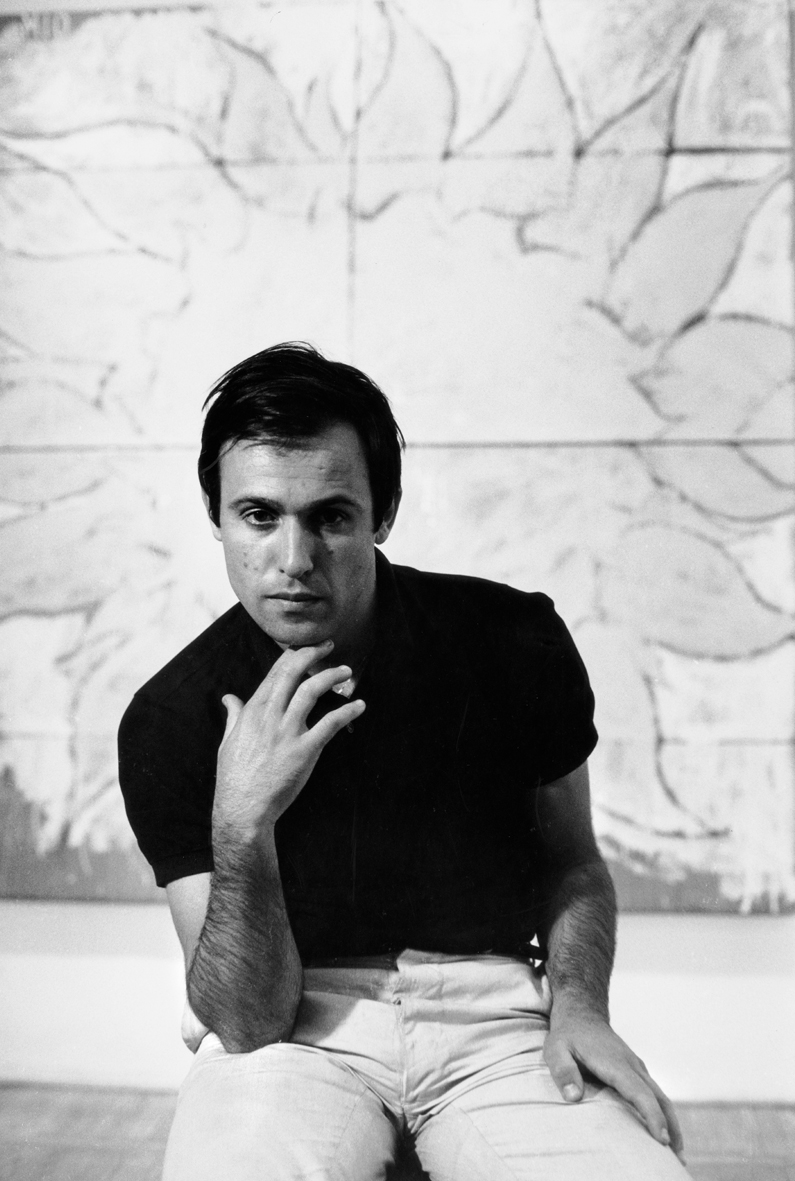
Mario Schifano was an Italian painter and collagist of the Postmodern tradition. He also achieved some renown as a film-maker and rock musician.
He is considered to be one of the most significant and pre-eminent artists of Italian postmodernism.

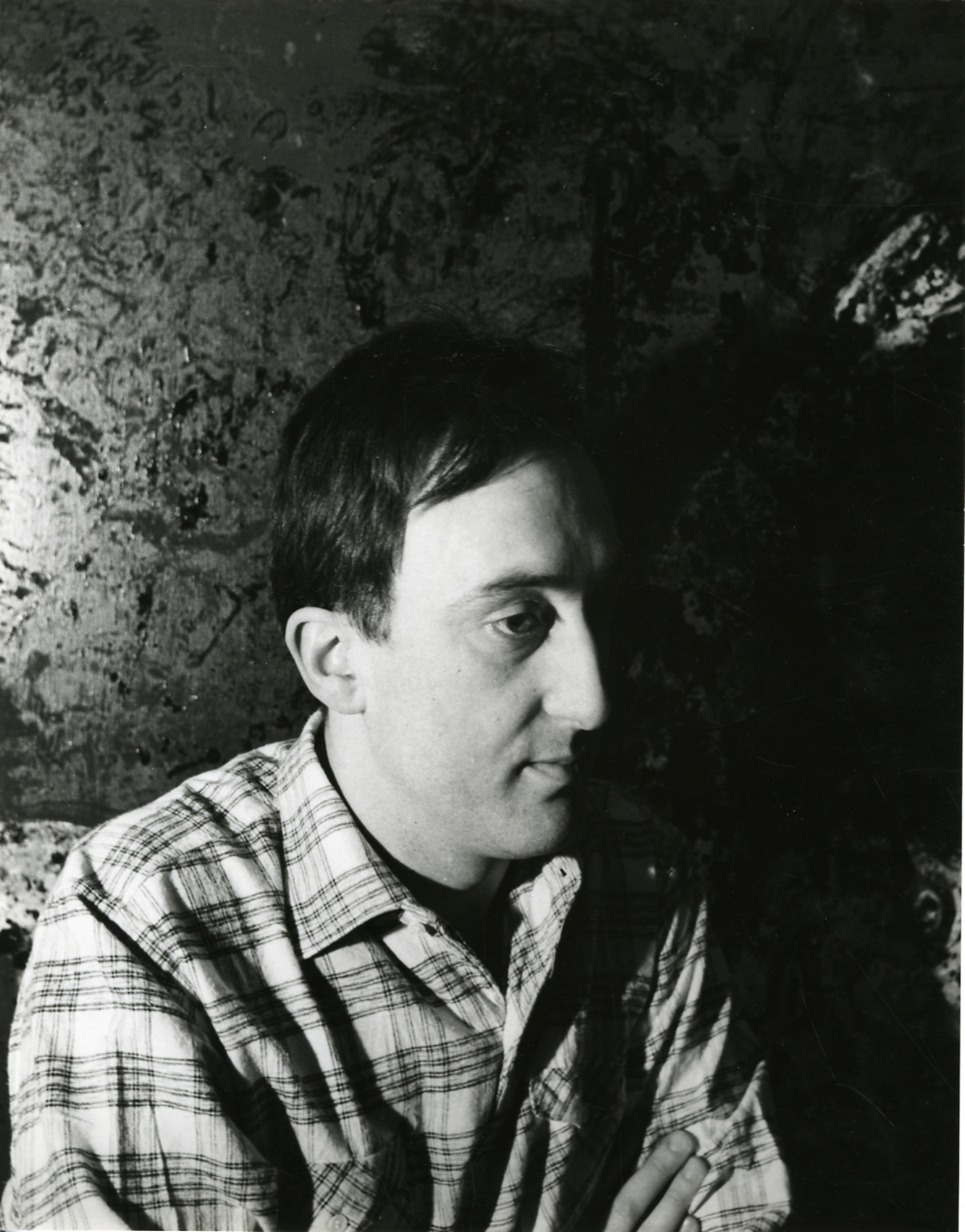
Enrico Bai was an Italian sculptor, painter, art theorist and anarchist.

